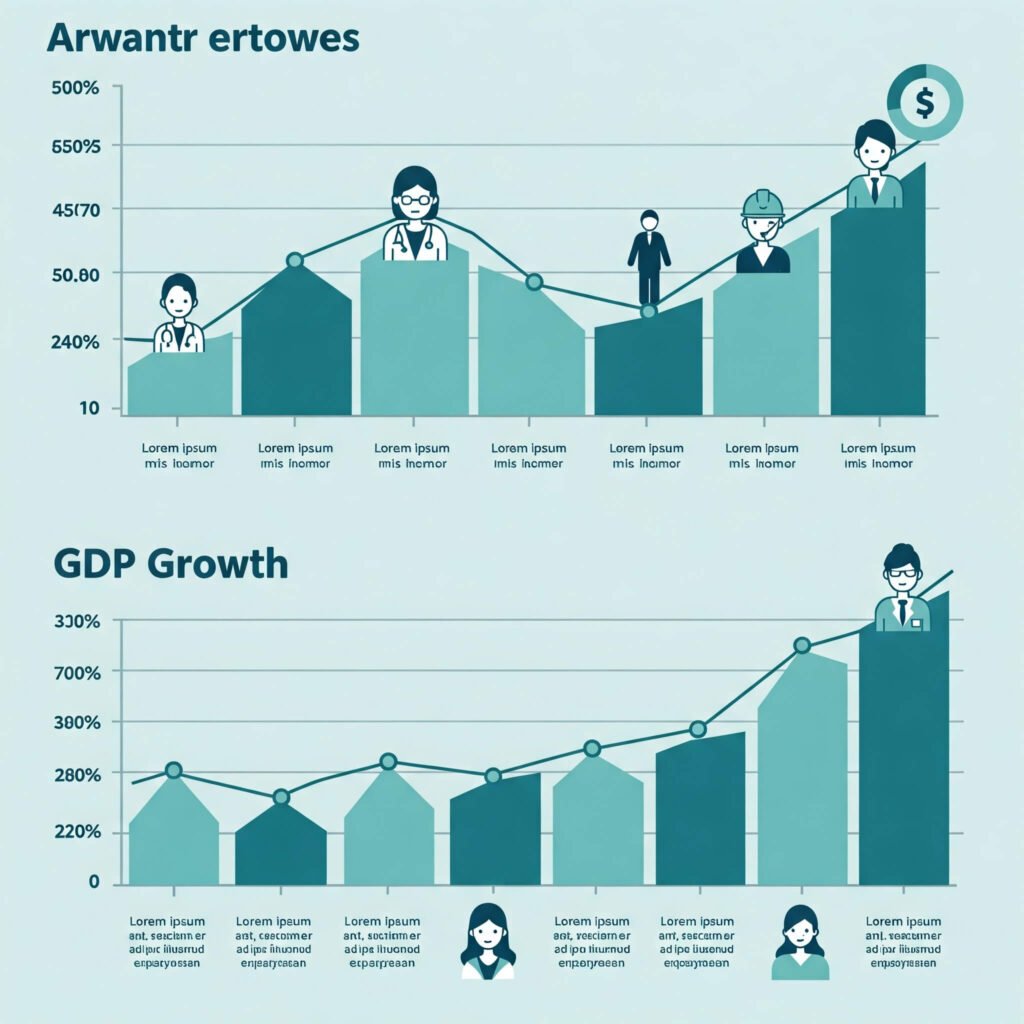Advocating for women’s empowerment is a vital step toward achieving gender equality and creating opportunities for women worldwide. This guide offers practical, actionable strategies to champion policies that empower women, ensuring systemic change. With real-world examples and SEO-optimized content, you’ll discover how to make a lasting impact.
Why Advocate for Women’s Empowerment?
Policies that empower women drive economic growth, social progress, and political inclusion. The World Bank reports that closing the gender gap could add $5.8 trillion to global GDP. Yet, barriers in education, employment, and leadership persist, making advocacy for women’s empowerment essential.
Benefits of Gender Equality Policies
- Economic Boost: Gender-equitable policies increase productivity and innovation.
- Social Impact: Empowered women enhance family health and education.
- Political Voice: Advocacy for women’s empowerment amplifies representation.

7 Strategies to Advocate for Women’s Empowerment
1. Learn About Women’s Empowerment Issues
To effectively advocate for women’s empowerment, understand key challenges like wage gaps and workplace discrimination. Resources like UN Women provide valuable insights.
Outbound link: National Women’s Law Center
2. Connect With Allies for Women’s Empowerment
Collaboration strengthens advocacy. Partner with NGOs, grassroots groups, and advocates for women’s empowerment to amplify your impact.
- Join Movements: Engage with organizations like Women’s March.
- Use Social Media: Share stories on platforms like X to build support.
Example: The #MeToo movement sparked global policy changes through collective advocacy.
3. Lobby for Women’s Empowerment Policies
Engage policymakers directly to advocate for women’s empowerment. Attend town halls or write to legislators about gender equity reforms.
Outbound link: Track Women’s Rights Bills on GovTrack

4. Share Stories to Advocate for Women’s Empowerment
Personal narratives make policy issues relatable. Highlight stories of women who’ve benefited from empowerment policies.
Example: Malala Yousafzai’s advocacy inspired global education reforms.
Actionable Tip: Host events to share women’s empowerment stories.
5. Use Data to Advocate for Women’s Empowerment
Data strengthens your case. Highlight statistics to underscore the need for women’s empowerment policies.
- Wage Gap: Women earn 82 cents for every dollar a man earns (U.S. Bureau of Labor Statistics).
- Leadership Gap: Only 8% of Fortune 500 CEOs are women.
Actionable Tip: Share infographics on social media to raise awareness.
6. Support Women’s Leadership for Empowerment
Advocate for policies funding women’s mentorship and training programs, like those offered by Lean In.
Actionable Tip: Petition for local women’s leadership initiatives.
Outbound link: UN Women – Leadership and Political Participation
7. Stay Committed to Women’s Empowerment
Policy change requires persistence. Celebrate small victories while advocating for broader women’s empowerment reforms.
Example: The Violence Against Women Act (1994) resulted from decades of advocacy.

Overcoming Challenges in Advocating for Women’s Empowerment
Resistance to Gender Equality
Opposition to women’s empowerment policies is common. Use data and stories to shift perspectives.
Resource Constraints
Advocacy can be costly. Focus on low-cost strategies like social media campaigns.
Avoiding Burnout
Advocacy for women’s empowerment is demanding. Practice self-care to stay resilient.
Measuring Your Women’s Empowerment Advocacy Impact
- Policy Successes: Track passed bills or funded programs.
- Community Reach: Measure event attendance or social media engagement.
- Stories Shared: Collect testimonials from women impacted by your advocacy.
Conclusion: Champion Women’s Empowerment Today
Advocating for women’s empowerment through policy change is a powerful way to promote gender equality. By learning, collaborating, and staying persistent, you can drive meaningful reform. Start today and inspire others to advocate for women’s empowerment.
Call to Action: Share this guide to spread the word about advocating for women’s empowerment. Let’s build a more equitable future together.



































